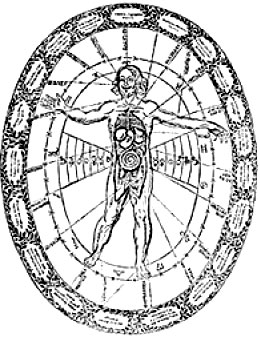|
|
|
by William Henry
from
WilliamHenry Website
What do you see in
this illumination?
When most look at it they see David (below) playing his lyre and triumphantly dancing before the Ark of the Covenant as it is being carried into Jerusalem with great pomp and ceremony.
Careful consideration of this illumination reveals that there is something more here.
Attached to the right side of the Ark is a stylized pillar. Attached to the left side is a winged 'worm' or serpent. Together they represent the serpent and the Tree of Knowledge.
Yahweh's head curls around the base of a pillar.
His body is that of a serpent.
The Hebrew prophets cower before Yahweh whose head curls around the base of his pillar.
Note that his body is
a serpent.
As both Jews and Christians adopted their sacred symbols from neighboring Sumeria and Egypt, an explanation for the inclusion of the serpent and pillar symbols in the celebration scene is found in comparing them with their appearance in these cultures.
E.A, the primordial creator God and wise being of ancient Sumer (present day Iraq), for instance, was portrayed as a bearded man-serpent floating beside his pillar.
E.A., the bearded man-serpent floats beside his pillar and delivers the secrets of the stars to a priest. E.A. is the prototype for the 'serpent' of Eden.
In Egypt E.A is a perfect match for the bearded man-serpent Thoth and his pillar.
The Egyptian wisdom-bearer, Thoth, as a bearded man-serpent.
His pillar
His 'head', a symbol for his soul, itself symbolized by a serpent, hangs from his pillar.
A portion of the hieroglyph of Osiris.
In this glyph we see a shape that appears to be that of a structure with a vaulted roof and high wall (or antennas) that extend beyond the roofline.
This is the symbol
for 'sanctuary' in ancient Lower Egypt. Flanking this symbol are two
TET ('stabilizer')
pillars
The complete power tool is an antenna that emits a healing tone or vibration.
Two 'cherubs' hold the Pillar containing
the 'head' of Osiris
Note the
Ark beside it. The 'head' is the Dead Head of the Alchemists
Thoth setting up the
Pillar of Peace
The two 'cherubim' face each other just as they do on the Ark constructed for Moses.
Riders of the Lost Arch.
The Ark is often compared to the Ark of Noah, a sailing vessel (Arko).
The Ark and its pillar attachment
meet in this Egyptian depiction from Denderah.
Just as an ark or sailing vessel has a mast, there was a vertical
attachment
I propose this is the complete Ark of the Covenant.
The Bible calls the Goddess and her pillar Asherah or As-Tara, the Goddess worshipped by King Solomon ('Peace - I Kings 11:5).
The As-Tara resembles an oil (or a baster) can because Jacob's story assures us that's what it is. It is a baster that produces the starry (aster or As-Tara) Christos oil, an exotic 'fruit' known as 'Blue Apples' or the 'Blue Stones of Atlantis' that display highly advanced power on Earth.
The Casket of Osiris
The Casket or Pillar of Osiris was a phallic-shaped device that stood approximately 40 feet tall.
It was made of evergreen or living acacia (shittim) wood (just like the Ark of the Covenant) and was lined with a gold alloy (probably palladium). Also known as the "Ladder to Heaven," the "Backbone of Osiris," and the Pillar of Meroe, it contained the 'head' of Osiris.
The platform or pedestal upon which this pillar rests resembles in form, and likely function, the biblical Ark of the Covenant. Presented on the following pages is a representation of the Pillar of Osiris - the complete Ark of the Covenant - by Dana Augustine with my guidance.
This design is based upon Egyptian originals.
The complete Ark with its pillar attached. The device stood between 45 and 180 feet tall. The dimensions of the Ark given in the book of Exodus
represent a miniature
version of the Egyptian original.
This green-gold pillar or needle was to be placed on top of the golden box and its kapporeth cover or Mercy Seat.
God said, "I will
address thee from above the Kapporeth, from between the two
Cherubim."
CHRESTOS or CHRISTOS.
In this scene from the Winchester Bible the Lord sits between the two Cherubim on the Ark or Arch (symbol of the Covenant) with the green Tree of Life between his legs.
This green-gold pillar or needle was to be placed on top of the golden box and its kapporeth cover or Mercy Seat. God said,
Note the two cherubim facing the pillar.
The Shuti (shitti) enlightenment tablets.
This pillar matches the story of Jacob, who took a stone and set it up as a pillar.
Upon this stone were seven stars or eyes. These are the seven lamps of the golden menorah and the staff with seven stars held by Jesus in Revelation. As the word stone can also be written (s)tone, the seven stars may be notes or tones.
The Hebrews continuously sought the Pillar, sometimes at the request of Yahweh (who alternates between malevolent and benevolent acts suggesting either a split personality or the a commingling of two separate Gods into one by Hebrew scribes).
Like the Ark, this pillar was 'lost'.
On one the height of the Porch is 30 cubits (I Kgs 6:2).
On the other (built during the time of Jesus) it is a massive 120 cubits high (II Chr. 3:4), approximately as tall as a 22-story building. Accounting for this huge discrepancy has given biblical scholars headaches for centuries.
None of these explanations pass the "red face" or "straight face" test.
This leaves the fourth explanation. Maybe the Porch was truly 120 cubits high, after all.
The stone placed in the
sanctuary of Solomon's Temple II was supposed to have been the
stone-pillar, (s)tone pillar or antenna,
The Cistercian architects who used it to inaugurate the Cathedral Age exploited the knowledge the Templars recovered. Between 1130 and 1200 57 Gothic houses of light were started in France.
As well as something else, some explosive Secret that only a few high ranking officials could know.
This oil - or substance - was in the possession of the angel who guarded the gate to Eden. When Seth reached this gate the angel allowed him to enter the Garden. In the midst of Eden Seth saw a great Tree (the Ark and Pillar) whose branches reached into heaven.
The Tree was shaped like
a cross and stood on the edge of Hell.
When Seth returned home with them Adam was so overjoyed he died three days later, and the seeds were buried in his mouth, as the angel advised. The seeds became a tree which absorbed the blood of Adam.
Enoch gave it to his great-grandson Noah, the hero of the Deluge who also brought it on the Ark. Then it was handed down through the line of Shem, son of Noah, from generation to generation, until it reached Abraham.
Abraham's grandson Jacob possessed it, as did his great-grandson Joseph who brought it with him to Egypt where he rose to highest rank in the Pharaoh's court.
There, the Key of Life - the ring remained among the treasures of the Egyptian kings until it passed to the hands of Moses.
Later, though it is not widely known, Jesus acquired the Key of Life, using it to perform many of His miracles.
Assyrian pillar and
serpent combination.
They link the crucifixion of David's ancestor, Jesus, with this serpent-pillar.
The Kerymeion or 'Stone of Light' bears the face of Jesus. A member of Napoleon's army discovered it in Egypt in 1798, one hundred years before the same face 'appeared' in the first photograph taken of the Shroud of Turin.
In my book Ark of the Christos, I concluded that an important repository of the Templar secrets of the Ark is the Abbey of St. Denis in Paris, the City of Light.
This 'jewel case for light' is located a few miles north of the Ile de Citie ('City of Illi', light), whose heart is Paris. A scintillating representation of the Ark-Pillar is found at St. Denis.
The soil of these
places is imbued with life energy. Subsequently miracles are said to
occur at St. Denis. French kings were coronated, educated and buried
there.
E.A was portrayed as a mer(u)-man or merman, part human, part fish.
He is Merovee.
Priests of E.A tend
the Pillar of Light.
A Cathar watermark for the MR vase and the Cross of Crucifixion, a cross mounted to an ox head ascended by a serpent spitting the three Seeds of Life.
The Cathars of Southern France, who swapped secrets with the Templars and the Irish, called E.A's pillar of light AMOR or love, from the root MR, meaning 'bright light'.
Fascinatingly, Meru (the root of Moriah and Mero-vingian) is the name for the central pillar of Atlantis. The Greeks called the Atlanteans Meropes in honor of this pillar. MR is the name of the oil/substance secreted by the Ark-Pillar.
From this serpent gate came the Merovingians.
The skull of the fish God E.A,
In one of these illustrious inscriptions, a verse inscribed on the golden doors of west façade Suger tells us:
From such words Suger developed his theory of lux continua, or continuous light.
His aim was to bring the True Light of God into the world, the 'Coming Forth Into Day' of the ancient Egyptians.
St. Denis, Paris.
Medallion from a window at St. Denis, Paris. The Pillar and Ark are surrounded by the Lion, Bull, Man and Eagle.
One 13th century French commentator on the Songs, Honorius of Autun, explains that Aminadab (badamina in reverse) standing in the car represents the Crucifixion.
These Gnostics taught a doctrine familiar to that of John the Baptist whom they regarded as the Initiator of Jesus and through whom their mystical doctrine and mission was transmitted to John the Beloved Apostle.
Among the peculiar symbols of this Order of the Mandai (also known as the Wise of John and Christians of John) was the figure of a severed head of a bearded man, a reminder of the martyrdom of their first teacher to some, which I have interpreted as a symbol of the complete Ark of the Covenant.
Christ was said to have delivered a secret initiation to this John, whose initiatory name was Lazarus. He brought the Holy Grail into the "upper room" at the Last Supper.
They preserved a primordial oral tradition. The content of these texts have largely been lost, however the fragments that do survive deal with phenomenal ideas including: how one can travel to far lands by magic means, how one can perform miracles, how one can transform plants and animals (genetics?), and how one can fly through the air.
Jen pillar borne on
an Ark with wheels.
Jen, etymologically, is a combination for "human being" and for "two."
It is variously translated as goodness, benevolence, and love. (Gen means love in Mayan.) Jen, notes Huston Smith, was the virtue of virtues in Confucius' way of life.
Jen involves a display of human capacities at their best. These capacities, we have seen, were called the siddhes.
The person of Jen is of utmost character: magnanimous, unselfish, empathetic, large of heart. They have decapitated their ego.
The complete Ark –Pillar superimposed on the human body, or the human bodhi, or enlightenment, tree.
When overlaid on the chakra system we can see that the Ark of the Covenant, the golden container that housed the Tablets or (S)tones of God corresponds with the solar plexus region of the body.
In light of the way it corresponds to our mystic body system, I find it most fascinating that Osiris' pillar device was said to be lined with gold, hence its appellation "the golden flower."
When this golden flower (the human body)
'blossoms' remarkable things happen. It emits a tone, key or
oscillation of life
This tone is taken up to the brain by the nerves or branches of the Pneumo gastric nerve, and becomes the "fruit of the Tree of Life" in the pineal gland. Pineal was the name of the place where Jacob saw God face to face.
The adage, "we are what we eat" applies here.
Activation of this chakra can enable out-of-body experiences and healing abilities.
The word "world" comes from "whirl," to turn as a wheel.
In this illustration the solar plexus is depicted as a whirling vortex.
The solar plexus as the whirling vortex.
The ornamental border of the alchemical drawing on the previous page contains groups of names of animal, mineral, and vegetable substances in an egg-shaped bubble.
More, importantly, it is a
missing piece to ourselves. Our quest in the Ark Cabal is to uncover
the mysteries of this missing piece and allow our spiritual bodies
to flower...
|


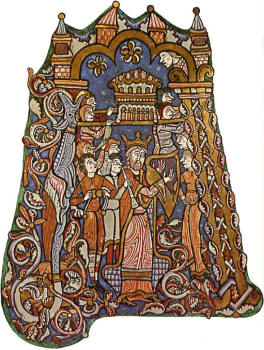
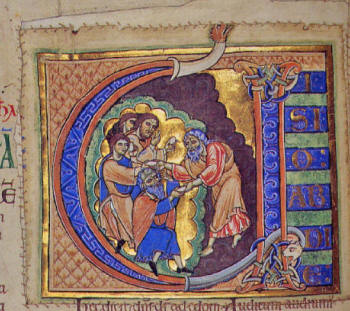

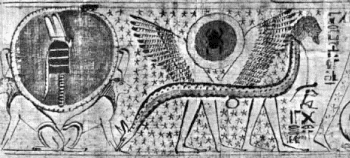
 is supported
by lions in the left corner.
is supported
by lions in the left corner.  on the next
image also matches this configuration. This device ('vessel', 'ark')
held the 'head' of Osiris'.
on the next
image also matches this configuration. This device ('vessel', 'ark')
held the 'head' of Osiris'. 
 ,
also called djed (pronounced jed) pillars.
,
also called djed (pronounced jed) pillars.  or
enlightenment tablets top this attachment
or
enlightenment tablets top this attachment
 ,
vibrations, bells, or rings
,
vibrations, bells, or rings
 . These
tones are the secret (s)tones hidden from Nebuchadnezzar by
Jeremiah
who took them to Tara in Ireland. They power the Ark.
. These
tones are the secret (s)tones hidden from Nebuchadnezzar by
Jeremiah
who took them to Tara in Ireland. They power the Ark. 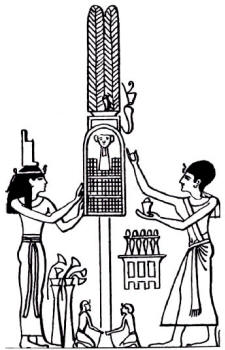
 .
. 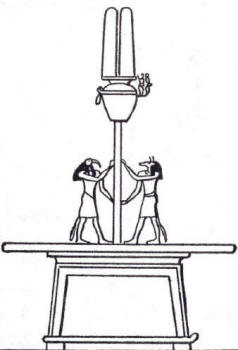
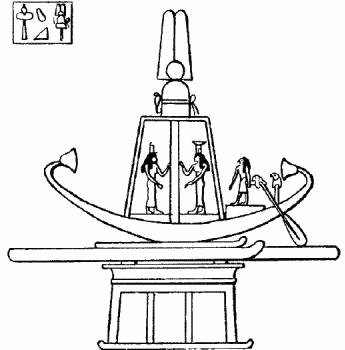

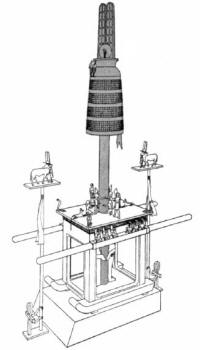
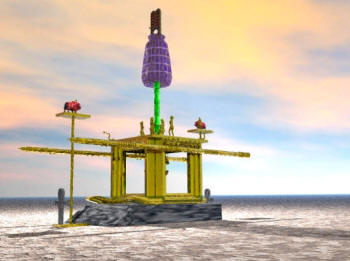
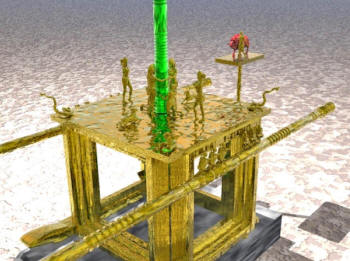
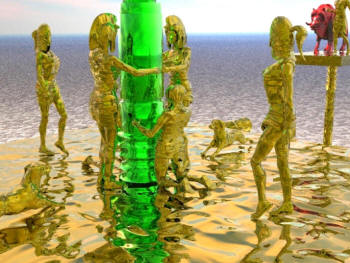
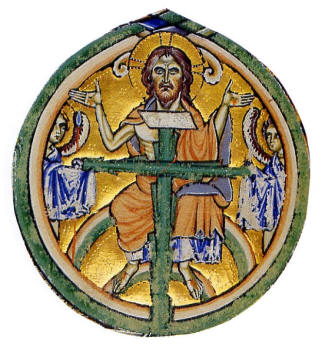
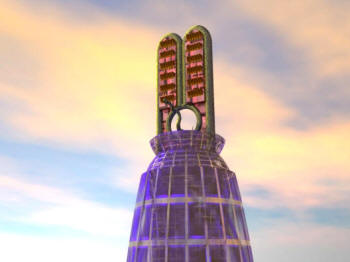
 discovered
at Solomon's Temple, either by accident or design, directly or
indirectly involved the Ark of the Covenant.
discovered
at Solomon's Temple, either by accident or design, directly or
indirectly involved the Ark of the Covenant. 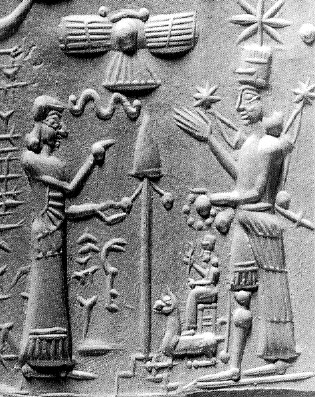
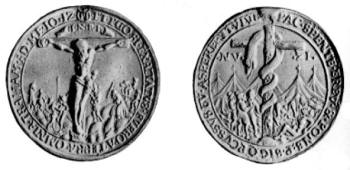
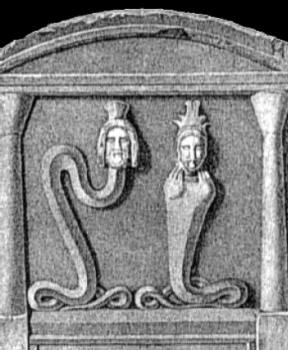
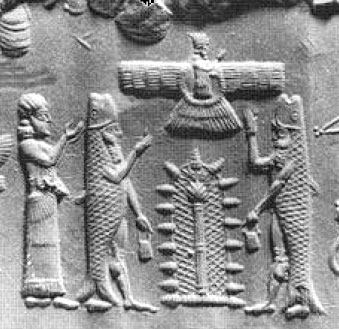
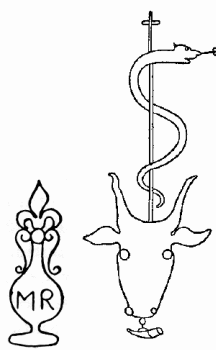
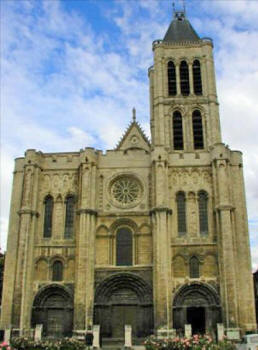
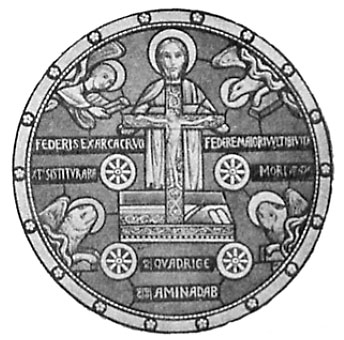
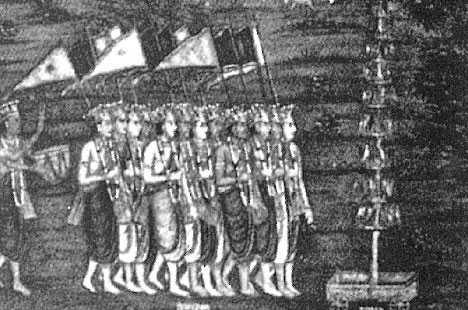
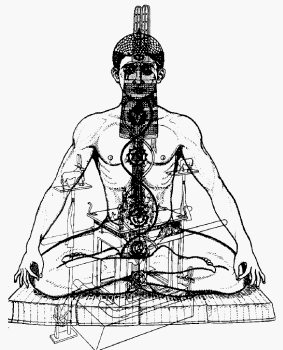
 .
. 